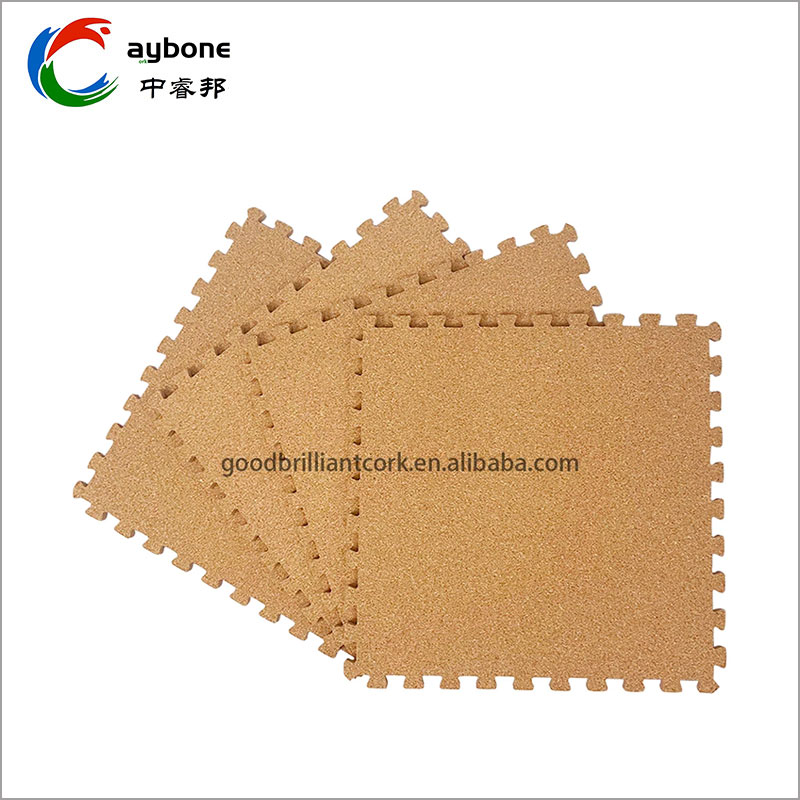Natural Cork Underlay for Your Flooring Needs
2024-06-07
Natural cork underlay is an excellent choice for enhancing various types of flooring due to its unique properties and benefits. Here's a detailed guide on why you might choose natural cork underlay for your flooring needs:
Benefits of Natural Cork Underlay
1. Sound Insulation: Cork is known for its superior sound-dampening qualities. It can significantly reduce noise from footsteps and other impacts, making it ideal for multi-story buildings and rooms where noise control is important.
2. Thermal Insulation: Cork has natural insulating properties, helping to maintain a consistent temperature within a room. This can contribute to energy savings by reducing the need for heating and cooling.
3. Comfort: The natural flexibility and cushioning effect of cork make floors more comfortable to walk on. It provides a softer underfoot experience compared to other underlay materials.
4. Durability: Cork is a resilient material that can withstand compression and regain its shape, which makes it a durable choice for underlay. It can prolong the life of the flooring installed above it.
5. Moisture Resistance: Cork is naturally resistant to mold and mildew, thanks to its inherent waxy substance called suberin. This makes it suitable for use in areas where moisture might be a concern, such as basements or kitchens.
6. Eco-Friendly: Cork is a sustainable and renewable resource. Harvesting cork does not harm the trees; instead, it involves peeling the bark, which regrows over time. This makes cork an environmentally responsible choice.
7. Easy Installation: Cork underlay is relatively easy to install, often coming in rolls or tiles that can be cut to fit any space. It can be used under a variety of flooring types, including hardwood, laminate, and tile.

Types of Cork Underlay
1. Standard Cork Underlay: Typically available in thicknesses ranging from 3mm to 6mm, standard cork underlay provides basic sound and thermal insulation and is suitable for most residential applications.
2. High-Density Cork Underlay: This type of cork underlay is denser and offers enhanced durability and insulation properties. It is often used in commercial settings or areas with high foot traffic.
3. Cork-Rubber Composite Underlay: Combining cork with rubber, this type of underlay offers superior sound insulation and durability. It is especially effective in areas requiring maximum noise reduction.
Installation Tips
1. Prepare the Subfloor: Ensure the subfloor is clean, dry, and level before laying the cork underlay.
2. Acclimate the Cork: Allow the cork underlay to acclimate to the room’s temperature and humidity for at least 48 hours before installation.
3. Use the Right Adhesive: If the cork underlay requires adhesive, use a high-quality product recommended by the manufacturer.
4. Overlap Seams: When laying the underlay, overlap the seams slightly to prevent gaps and ensure continuous coverage.
5. Secure Edges: Secure the edges of the underlay to prevent movement during the installation of the top flooring layer.
Conclusion
Natural cork underlay offers a multitude of benefits, making it a practical and eco-friendly choice for various flooring needs. Whether you're looking for enhanced comfort, better insulation, or improved noise control, cork underlay can provide an effective solution. Its ease of installation and sustainability further add to its appeal, making it a preferred option for both residential and commercial applications.


